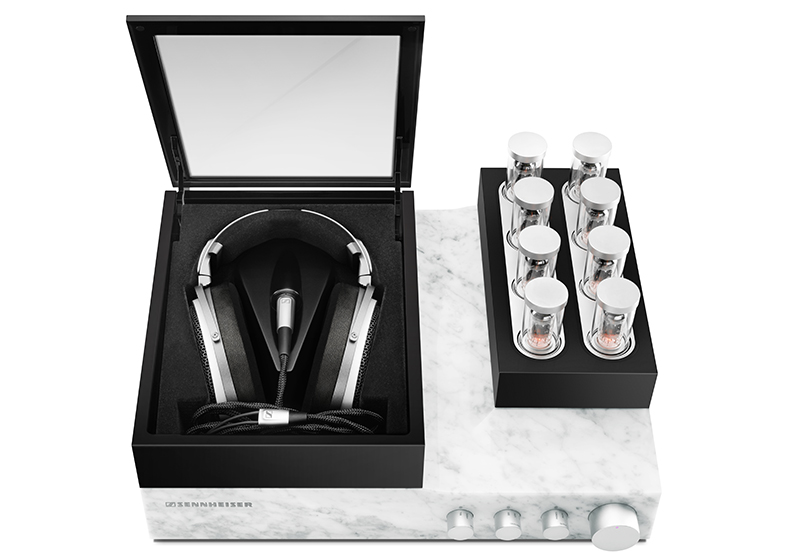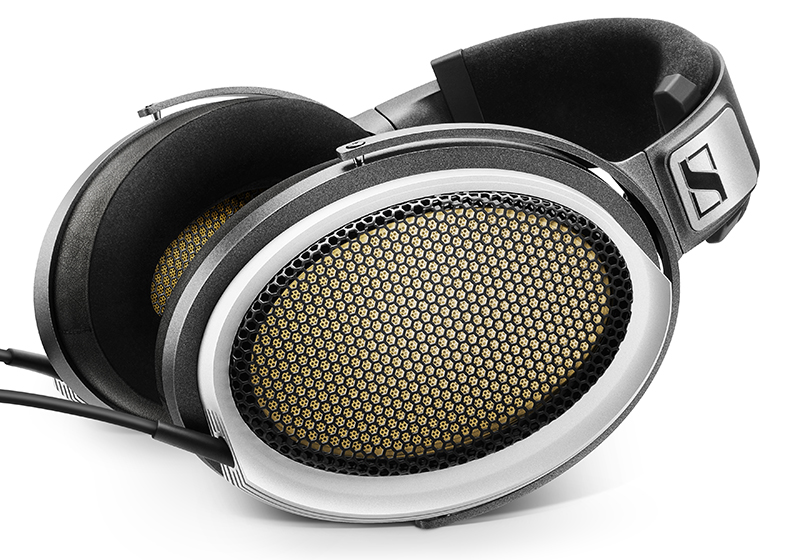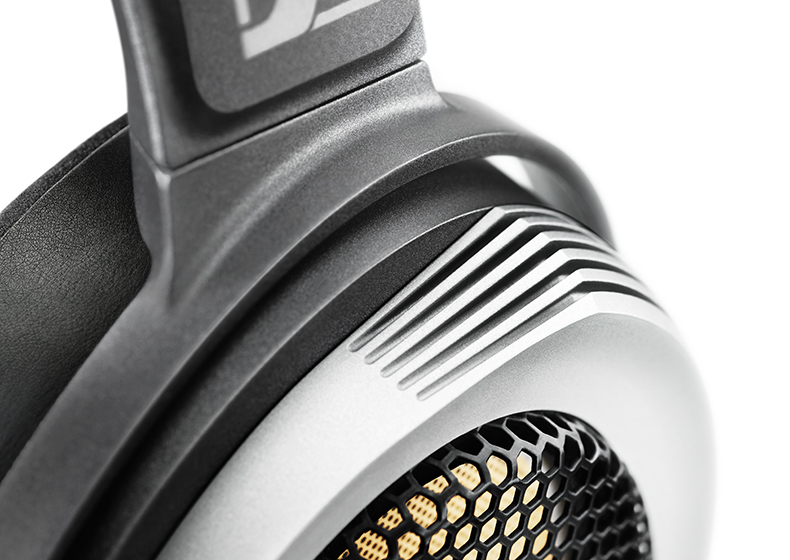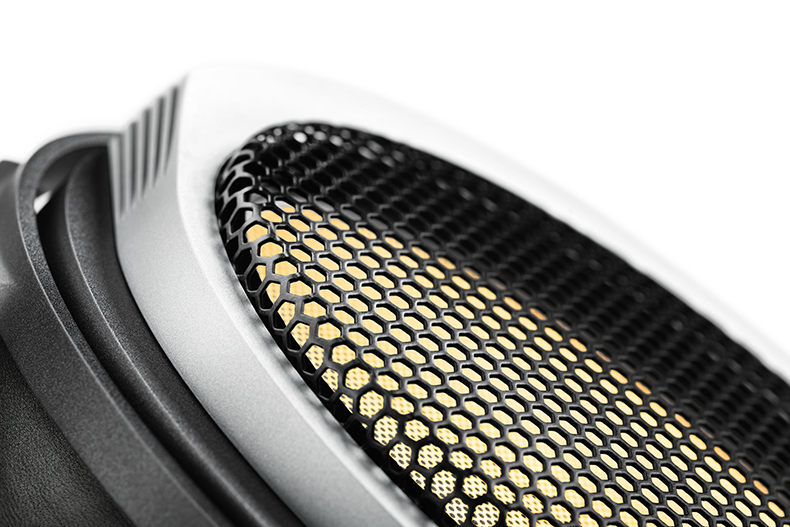
Sennheiser is 70 this year, and the company is celebrating in style. At the end of August, we got a sneak peek at its unnamed new secret weapon. After many rumours, it's official: Sennheiser has a new Orpheus.
The first Orpheus launched in 1991, as an attempt to push the boundaries of sense and possibility: what sort of headphones could you make if money wasn’t an issue?
It was a reference electrostatic headphone/valve amp combination of wood, glass and metal, costing over £10,000. Since then, Sennheiser has spent nearly 10 years developing its successor, and the final product is quite something.

The new Orpheus (model number HE 1060/HEV 1060) offers vaguely the same idea to the original – an electrostatic headphone system – but with significant upgrades. For starters, this one transforms.
Knobs for input, output, cross feed and volume, all made of chromium-plated brass - and all motorised they can slowly reveal themselves (see video below). A glass lid swivels open to reveal the headphones. Valves clad in quartz glass bulbs rise out of the top and glow.
There are quite a few measures to reduce unwanted noise in the preamp. The quartz glass is supposed to eliminate airborne vibrations, and the valves are decoupled from the main structure.
The wood of the original Orpheus is gone. Instead, you have stone: fine Carrara marble of the type once used by Michelangelo. It was chosen for its mass, purity and solidity – all needed for good damping.
The latest hi-fi, home cinema and tech news, reviews, buying advice and deals, direct to your inbox.


It’s a flashy body, but the headphones themselves have plenty going on too. As you might expect from high-end Sennheiser, you get the finest German leather and lush microfibre fabric.
The transistor power amp is built directly into the cups of the headphones. The idea is to minimise the losses and distortion inherent in long cable runs. In this configuration, the distance between the amplifier and the diaphragm is less than one centimetre.
Sennheiser claims a 200 per cent rise in efficiency compared with other products.
MORE: Sennheiser teases special 70th anniversary headphones


Inside the headphones, there are 2.4-micrometre thick, platinum-coated diaphragms. According to Sennheiser, this is the optimum size for control.
The Orpheus has an ultra-wide frequency range, from 8Hz to more than 100kHz. This far exceeds what humans can hear: you would need the combined hearing abilities of bats and elephants to perceive all of that.

So what’s the point? Sennheiser says an extremely wide frequency response ensures the sound is virtually free of audible distortion.
What can you plug in? You get balanced and unbalanced input sockets, as well as digital optical, coaxial and USB inputs.
The Orpheus uses the ESS SABRE ES9018 chip for digital-to-analogue conversion. There are eight internal DACs, which can handle high-resolution audio up to 32bit/384kHz (or 2.8/5.6MHz DSD signals).
Orpheus is, and has always been, more of a statement than a consumable product. As such, it is not for mere mortals.
Go on, then – how much? It will set you back €50,000, which works out at just over £35,700. It is out mid-2016. Better start saving!
MORE: Awards 2015: 14 pairs of sensational headphones
MORE: Best headphones 2015
